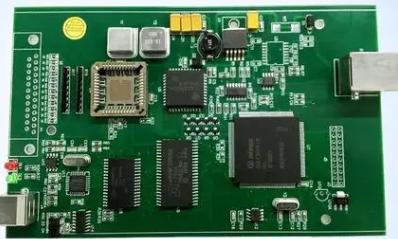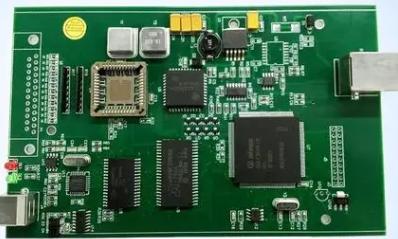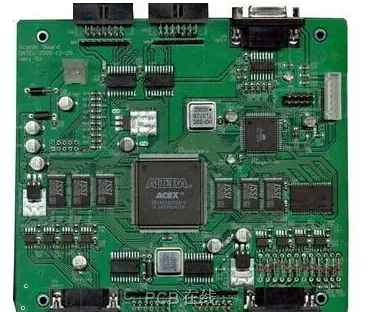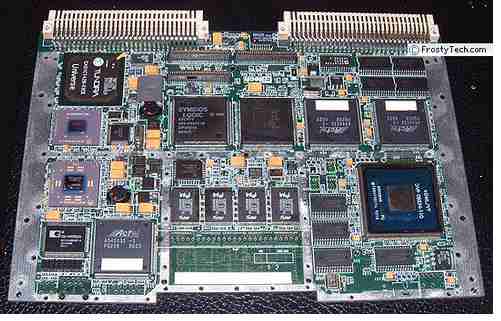
How to manufacture your own PCBA circuit board
Today, we are launching a new category on the website, from which we will try to guide you so that you can experience electronics, learn concepts and become familiar with the devices that will be dealt with on the radio. First, you will learn how to create a printed circuit board or PCB... Let's get to work.
The word PCB comes from the English printed circuit board, refers to the support, we will install any electronic circuit, in a clear way that is, you will put your circuit, according to their mutual connections between all the electronic components schematic or plane diagram.
The methods of making PCBS vary from marking techniques to ironing, screen printing or CNC. We will use the ironing method because it is suitable for circuits of medium complexity and can be used by anyone. The materials used to make PCBS in this way are as follows: Virgin or Bakelite printed circuit boards. https://www.kingfordpcb.com/yuan.php
https://www.kingfordpcb.com/yuan.php
Ferric chloride is used for chemical attack.
Suitable paper is used to print the design and transfer it to bakelite, we will use vinyl support paper for labels, another one that gets very good results is adhesive paper support.
Clothes iron or laminator.
The cutter (precision or chisel) can also be a sharp chisel.A pair of scissors
Steel wool shavings (clean aluminum, virulana or gloss sponge), or not, sandpaper 1200 micro lathe (Dremel, Moto tool) or drill.Drill bit or 0.8mm, 1mm drill bit or necessary measures. Isopropyl alcohol.
Thinner or acetone. Kitchen paper (napkin roll) press regular or square, preferably metal.
Plastic or glass containers used for chemical attack.
Masking tape (for masking paper) for permanent marking.
Laser printer or copier. For the successful creation of a PCB, the most important thing is the cleanliness of the board used, which must be well polished so as not to leave any grease or traces of finger or rust in the bakelite itself during the processing. The printer or copier will not be transferred to the plate.
For this, you will use steel wool or very fine 1200 shape sandpaper, which is then cleaned with isopropyl alcohol. Also, in this chapter, we will learn how to cut bakelite to fit the project.
Ironing If we are going to talk about making PCBS by ironing method, then obviously this part is crucial to getting a good result in the end, so the following video is dedicated to this part. Suffice it to say that before ironing the paper to transfer the design to the plate, as seen in the previous chapter, the plate must be kept well clean. It is also possible and preferable to transfer the design using a laminator or laminator instead of an iron, as you can see here, but for the tutorial, the board we use is more affordable for anyone.
Chemical corrosion and perforation
Finally, you will see how chemical erosion should be carried out with ferric chloride, which will be responsible for removing copper that does not have traces of toner that we transferred to bakelite, as well as the process of drilling holes in it. Insert the component. From there, we came up with a 4 video series on the subject, and luckily, there's a lot of information online.
I hope these tutorials are useful for you to start creating your own designs and to learn more about the techniques commonly used in radio, this is just the beginning, please contact us if you need PCBA board machining. If you want to share something with the radio player community, please write to us and we'll be happy to publish it.







